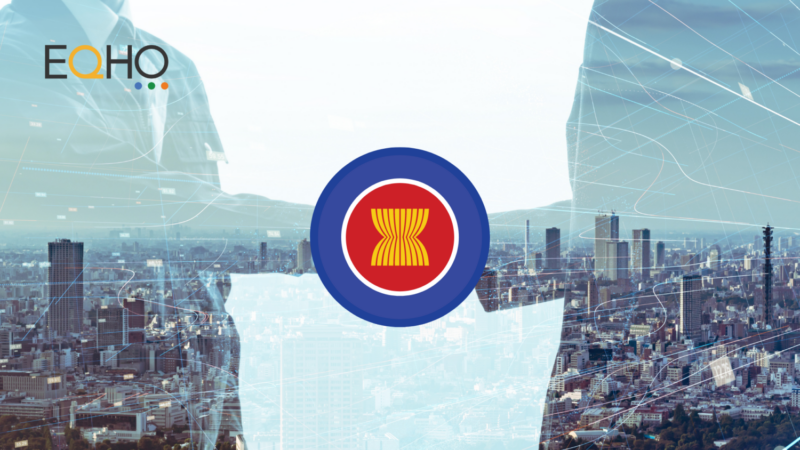Creating source content that will be translated into multiple languages presents a number of challenges.
By spending a bit of time getting the source material right at the outset, brands will find it is much easier to adapt the content to different target markets, saving themselves both time and money in the process through the effective use of resources.
By following our guide, you can be sure you won’t make any mistakes when it comes to localization.
Consider your writing style
Short, simple and clear sentences are best. Cultural references should be avoided, as they are unlikely to have a direct translation, while their importance will also be lost on a different audience. For example, ‘stepping up to the plate’ when describing a business decision could seem very odd in China. Idiomatic expressions should not be used for the same reason. Brevity is also your friend, as it makes localization cheaper.
Internationalize
Internationalizing your content means the localization process becomes much easier. For example, including illustrations in a user manual will reduce the amount of text to translate. This process makes the planning and implementing process as efficient as possible, which will reduce a brand’s time to market and means there are no extra development costs. Date, time and currency formats will differ all around the world, so this needs to be factored in when choosing what language pairs are going to be used.
Make sure source files are editable
By using editable source files, text can be easily exported and re-imported from/to the document. A failure to provide the right files will slow the whole process down, as non-editable source files like PDFs have to be recreated before the localization process can start. This also costs more money, underpinning the requirement for detailed planning. Simple mistakes can cause serious headaches!
Be savvy with images
Localizable and non-localizable images should be stored separately, while images shouldn’t be embedded in the file – linking is a much better option. Finally, text within images should be kept to a minimum, because this means a new layered source file with the text restored as a separate layer has to be created.
Terminology management
With an ongoing need to translate high volumes of content into multiple languages, and in some cases with tight turnaround times, creating a centralised process so that terminology glossaries can be effectively developed and managed is essential. This will not only maximise daily translation output levels and maintain consistent terminology usage across multiple projects, but also ensure the timely delivery of the project and reduce the time the reviewers need to validate translation.
Stay on top of the editing process
Edits are part of the localization process, but having a formalised process for tracking and reviewing these changes will keep the system streamlined. Changes should also be sent over in batches, preferably when everyone is happy with the current working version. This can prevent excessive iterative processing fees and ensures everyone involved in the process is on the same page.



